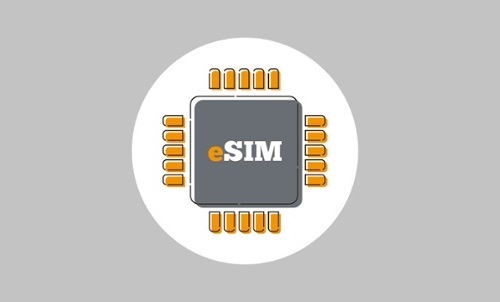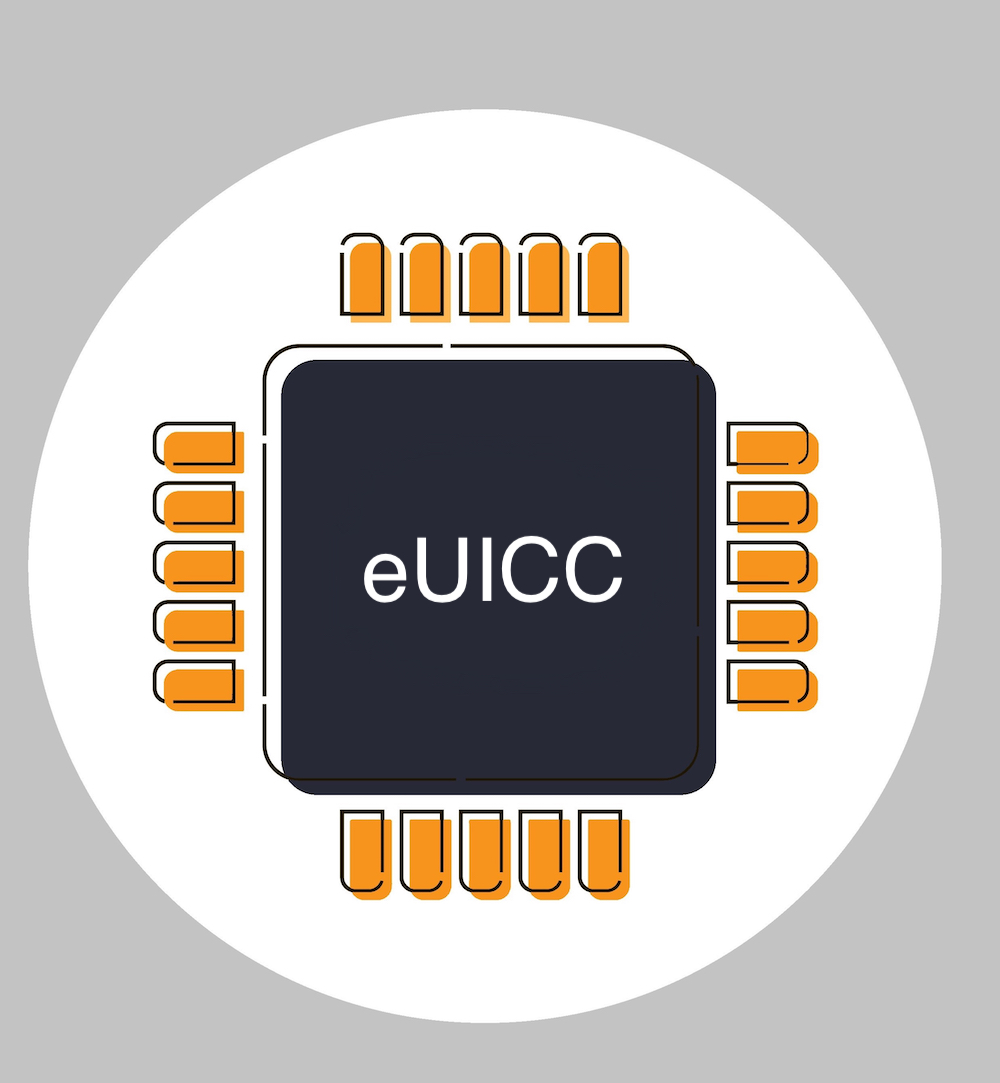

Quick definition: A soft SIM, perhaps better known as a “virtual SIM,” is a Subscriber Identity Module (SIM) that doesn’t have any hardware. It’s an entirely software-based solution that’s stored in the device’s memory and processor or modem instead of a physical SIM card. It maximizes design flexibility by removing a component—the physical SIM card—but raises new concerns about device security.
Soft SIMs deliver all the same capabilities of a physical SIM card without taking up any physical space in the device. They offer several potential advantages for manufacturers, but they have drawbacks as well.
In this article, we’ll explain the pros and cons of this cutting-edge cellular technology. But first, let’s clarify how soft SIMs compare to eSIMs.
Soft SIM vs. eSIM: what’s the difference?
“eSIM” is a bit of an ambiguous term that can refer to two different technologies: an embeddable SIM form factor (usually the MFF2) or an embedded Universal Integrated Circuit Card (eUICC). The embedded SIM card is vastly smaller than other form factors, and the eUICC enables remote SIM provisioning. Neither of these technologies is the same as a soft SIM.
While a SIM with an eUICC can come in any form factor (meaning that any form factor can be considered an eSIM), every eSIM has a dedicated hardware component. Even if that hardware is embedded, it still takes up physical space in the device. (This is true of the newer iSIM as well.)
A soft SIM consists exclusively of software and data. There’s no physical module at all. Here’s how GSMA describes the technology:
“A ‘Soft SIM’ would be a collection of software applications and data that perform all of the functionality of a SIM card but does not reside in any kind of secure data storage. Instead, it would be stored in the memory and processor of the communications device itself (i.e., there would be no SIM hardware layer).”
Additionally, to call their product an eSIM, SIM card manufacturers and vendors have to follow the GSMA’s standards for eSIM architecture. (Notably, there are two separate architectures for consumer and M2M eSIMs.) There is no regulating body or shared standard that defines what constitutes a soft SIM or virtual SIM.
This means that what the actual soft SIM technology looks like can vary significantly from one vendor or manufacturer to another. For example, a soft SIM could be stored in a modem, rather than the cellular device itself. Some definitions may even call a SIM a soft SIM when the software exists on an applet inside a traditional SIM card, even though this conflicts with most definitions of the tech.
While a soft SIM is inherently different from an eSIM, it’s intended to solve some of the same challenges, particularly regarding protecting the SIM, simplifying design, and provisioning SIM profiles. It builds on some of the advantages of an eSIM, but comes with new disadvantages as well.
Pros and cons of a soft SIM
Using digital SIMs certainly comes with benefits, but manufacturers will want to be cautious about fully embracing this solution. Depending on your use case, the risks may outweigh the potential rewards.
Design flexibility
Over the years, SIM cards have grown increasingly smaller, occupying less and less space on cellular devices. This extra space lets manufacturers build smaller devices, making their products more competitive or even open the door to new use cases. Smaller IoT sensors, for example, have more versatility when it comes to installation, so manufacturers and their customers can select the locations where they’ll be most protected and/or effective.
Potential for lower costs
With no physical components to purchase or install, widespread use of soft SIMs could reduce manufacturing costs and production time. Instead of buying delicate hardware that contains software, it’s more like buying licenses to the software.
Protection from the elements
Like an embedded SIM, a soft SIM removes the need for a SIM card slot altogether—there’s nothing to insert or remove. SIM card slots have always represented a vulnerability. No matter how small, the slot is still an opening in the device. Using soft SIMs and eliminating SIM card slots greatly reduces the risk of damage due to dust, water, electric shock, vibration, or extreme temperatures.
Lack of standardization
As mentioned above, no regulating body defines soft SIM architecture. There’s no universally applicable standard. This means vendors have a lot more flexibility to decide how they’ll deliver on a software-only SIM, but it also means manufacturers need to look much closer at what they’re actually getting. Where is the software stored, and how does that affect its performance and reliability?
Greater security risks
Going hardware-free may seem appealing, but the physical component isn’t the only thing you lose with a soft SIM. Putting your SIM on a modem or your device’s OS can actually make your SIM more vulnerable.
“Operators are very concerned about the security of their credentials and the potential reduction in security that could arise through the use of Soft SIM. It is well known that Operating Systems are more likely to be subject to hacking than hardware and therefore could leave the operator profile open to the threat of hacking activity.
Any SIM approach not based on a certified hardware and software secure element would be subject to continual attack by the hacking community and, if compromised, would result in a serious loss of customer confidence in the security of operator systems. There is greater security when there are two elements providing security, hardware and software, both providing protection.” —GSMA
Can soft SIMs handle remote SIM provisioning?
Not all soft SIMs can change SIM profiles remotely. That functionality depends on the underlying software. Some vendors sell soft SIMs that still use a basic Universal Integrated Circuit Card (UICC), which can’t even store multiple SIM profiles, let alone applets or the software needed for remote SIM provisioning. However, some soft SIMs may have eUICCs or Multi-IMSI applets to enable this vital functionality. Be sure to check with vendors before assuming this new technology actually has advanced capabilities.
Connect your devices with emnify
emnify is a leading cellular IoT connectivity provider. We don’t sell soft SIMs, though they’re compatible with our connectivity management platform. We do, however, equip manufacturers with another highly advanced SIM: emnify IoT eSIMs. Based on eSIM architecture, emnify IoT SIMs fulfill the vision of the eSIM standard by enabling fast, cost-free SIM provisioning. Using our Multi-IMSI applet, your SIMs can automatically change SIM profiles to optimize for cost or signal strength, or to use a local carrier’s profile in countries that require it, like Brazil.
Want to see it for yourself?
Start a free trial, and we’ll send you a free test SIM with a prepaid data plan and 60 days of complete access to our platform. Or, talk to an IoT expert to learn more.
Get in touch with our IoT experts
Discover how emnify can help you grow your business and talk to one of our IoT consultants today!

Shannon McCrocklin
Shannon has over seven years of experience communicating with audiences on behalf of businesses. She is passionate about making complex, technical topics easy to understand for readers of all backgrounds.



